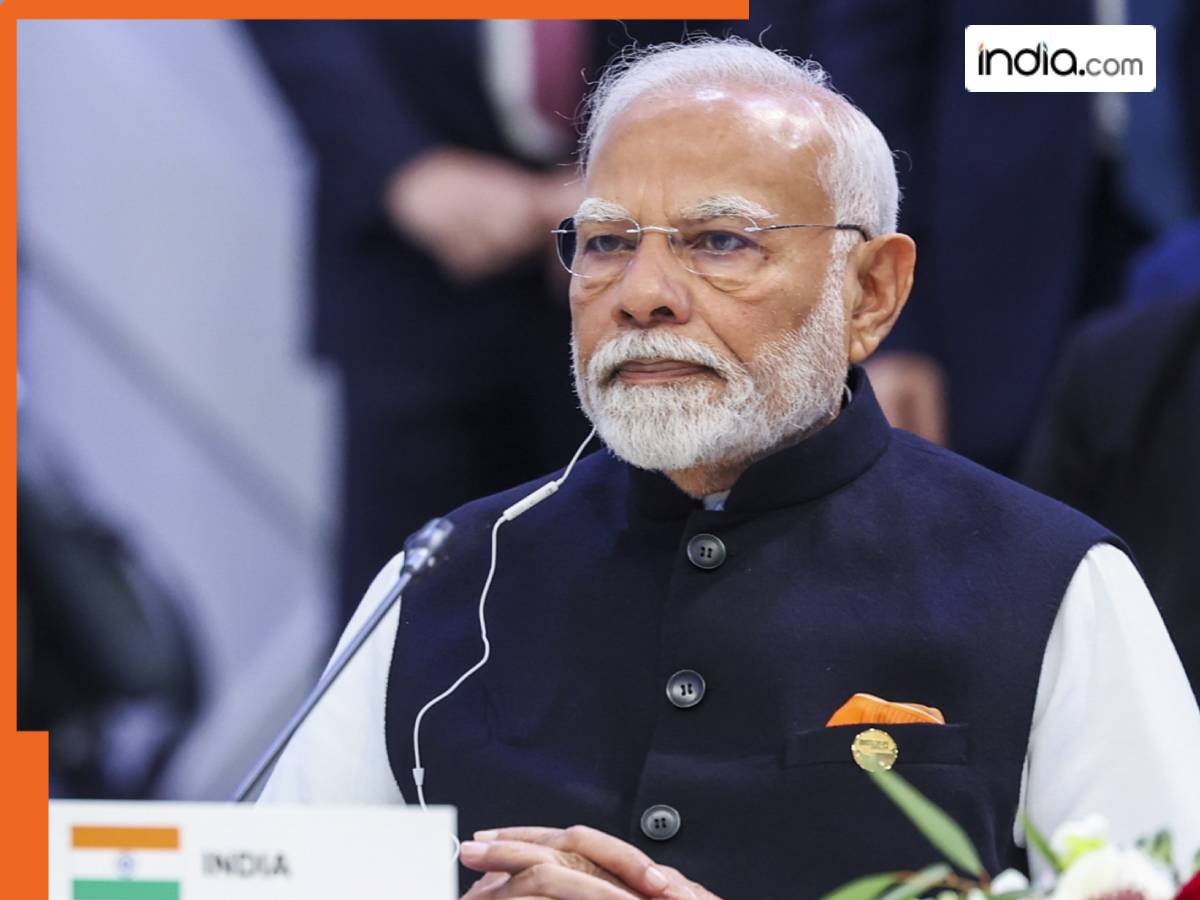

India is projected to become the world's fourth-largest economy by 2026, surpassing Japan. However, this economic growth is not yet reflected in car ownership rates, with only 7.5% of Indians owning a car. In stark contrast, car ownership rates are significantly higher in developed nations, with 91.7% in the US, 85.1% in Canada, and 84.7% in Germany. Even China, a developing nation, has a car ownership rate of 23.1%, highlighting India's lag in this regard [7dd2310e].
The low car ownership in India underscores a considerable gap compared to these countries, which is often seen as a reflection of economic strength, modern lifestyle, urbanization, and infrastructure development. As India continues to grow economically, the potential for growth in the automotive sector becomes apparent. This gap presents an opportunity for manufacturers and policymakers to focus on sustainable practices to meet the future demand for vehicles [7dd2310e].
In addition to the automotive sector, India's overall economy is evolving, with consumer spending now accounting for over 60% of the GDP. This shift is influenced by various local factors that differentiate it from traditional consumerism models seen in the US. The retail landscape in India is vast, with approximately 15 million outlets, including 11 million dedicated to fast-moving consumer goods (FMCG) [bf4f7d2a].
The liberalisation period from 1991 to 1995 sparked discussions about Indian consumption habits, which have evolved dramatically since then. Recent data shows that 63% of Indians are seeking immediate loans, with debt repayment becoming a significant household expense. This trend reflects a broader shift in consumer behavior, as retail investors in India increased from 36 million in 2020 to 160 million by June 2024 [bf4f7d2a].
As the Indian economy continues to evolve, the interplay between consumer behavior, market dynamics, and the automotive sector will play a crucial role in shaping the future of the country's economic landscape, particularly as it strives to improve car ownership rates and infrastructure development [7dd2310e].